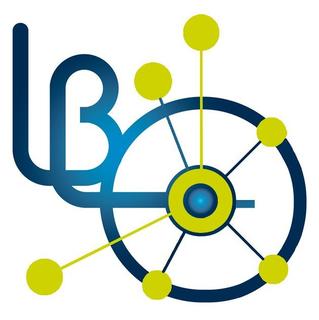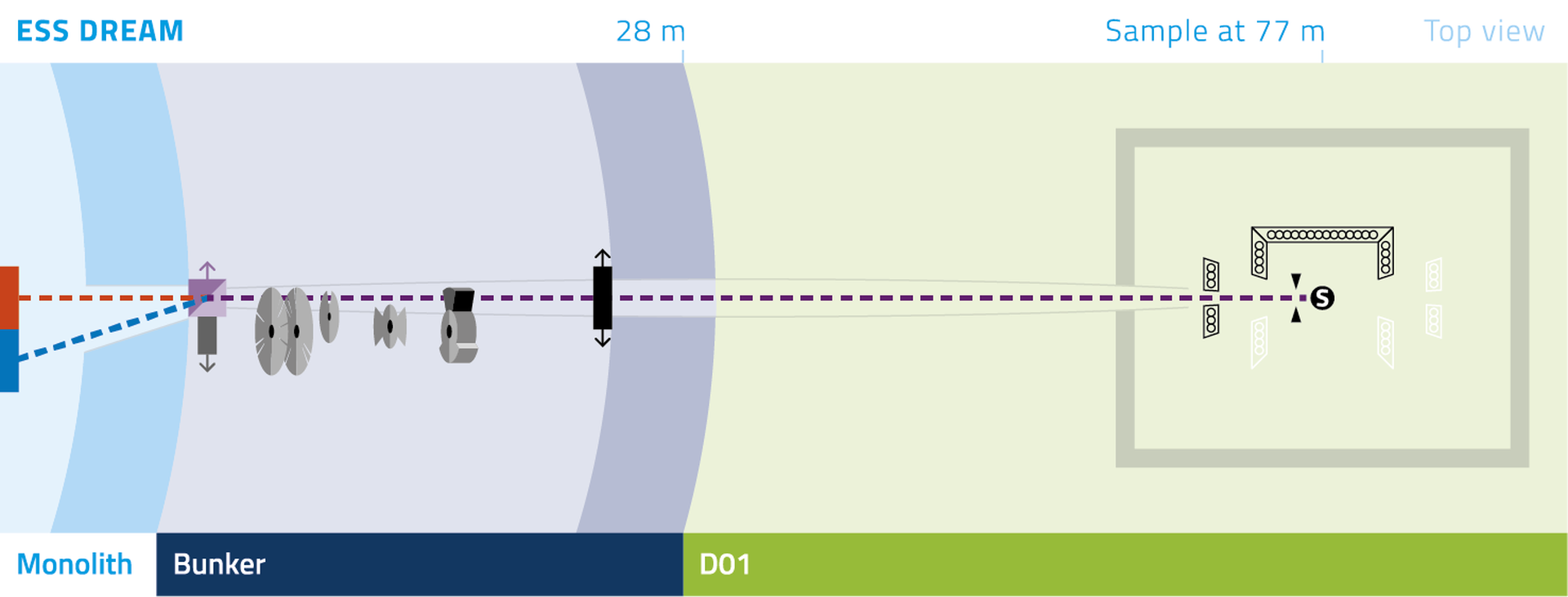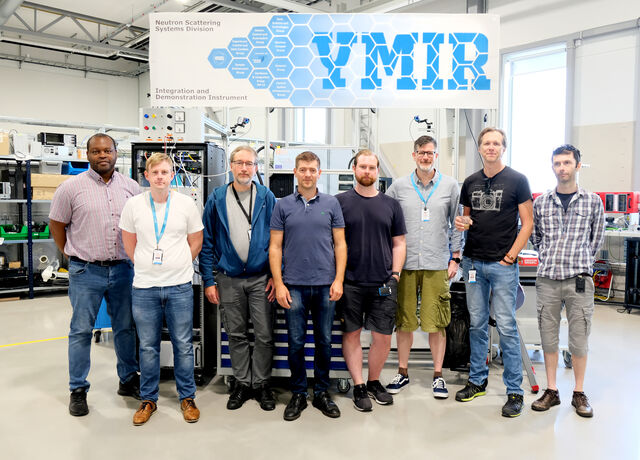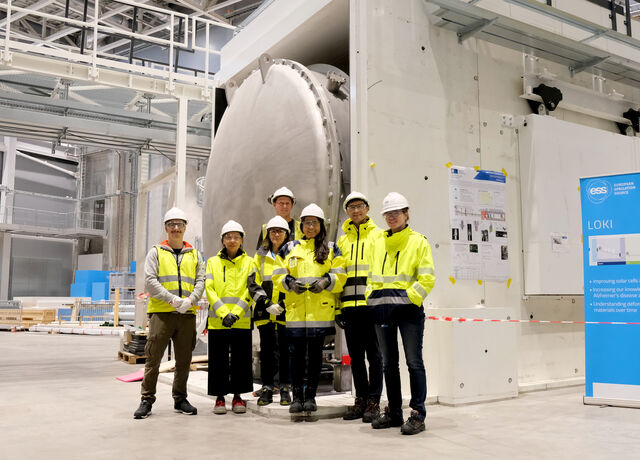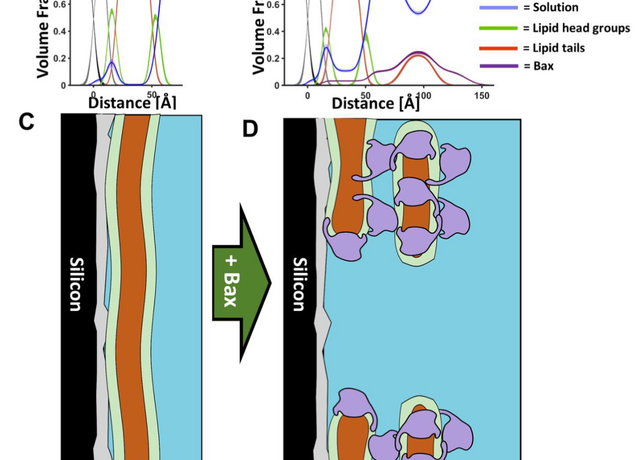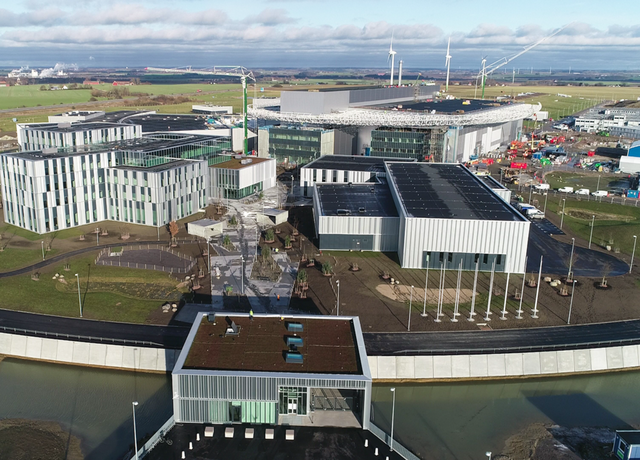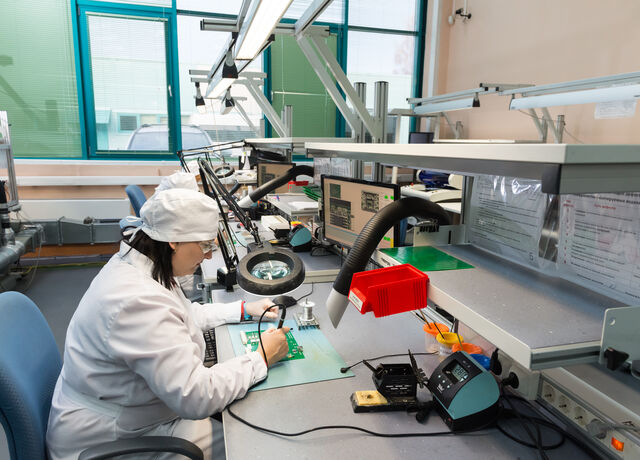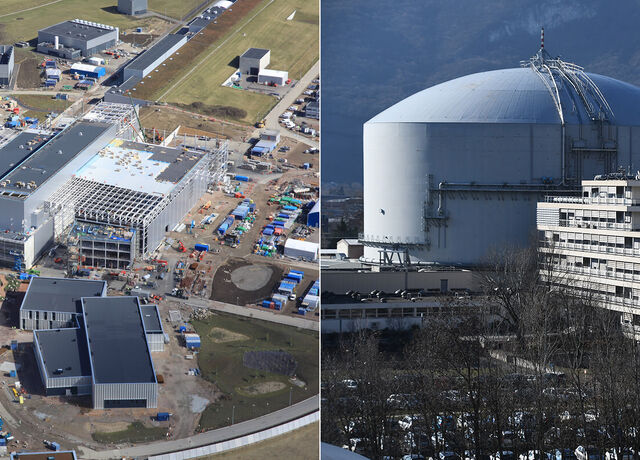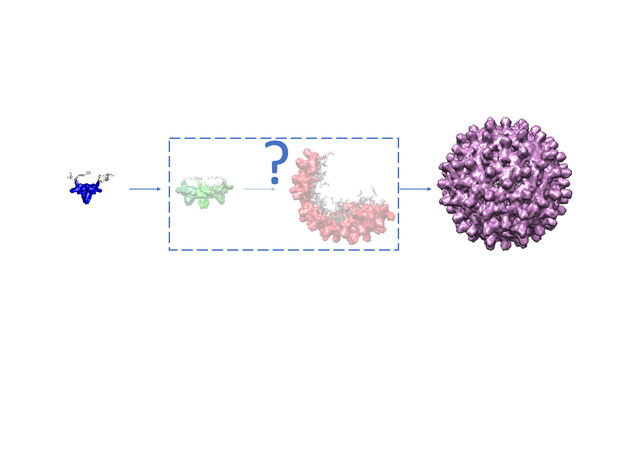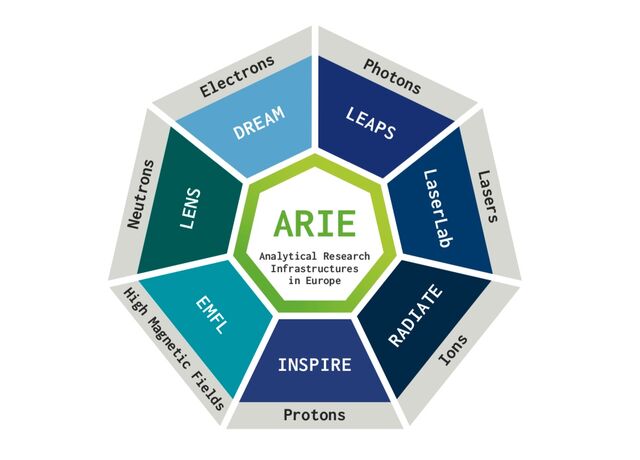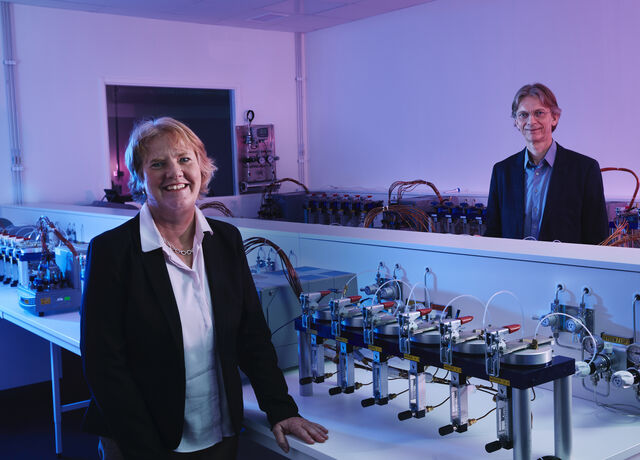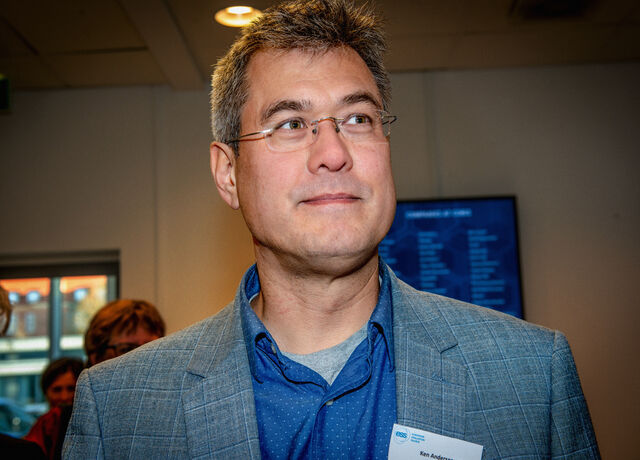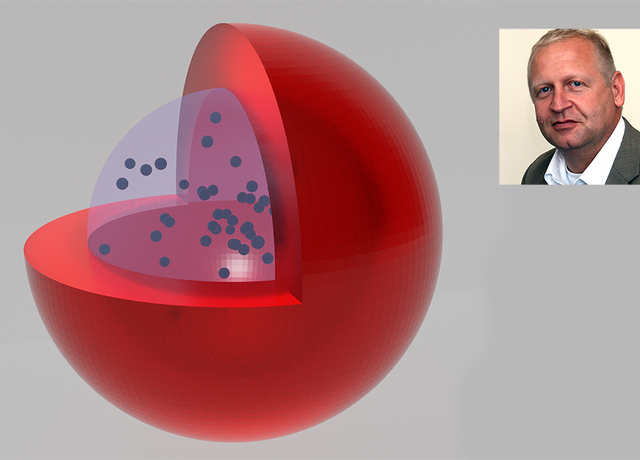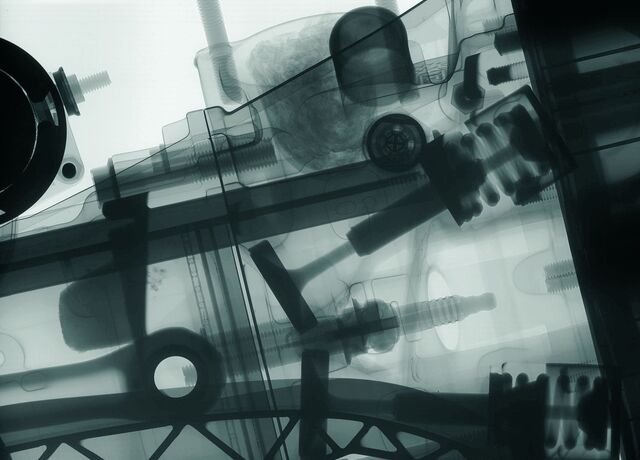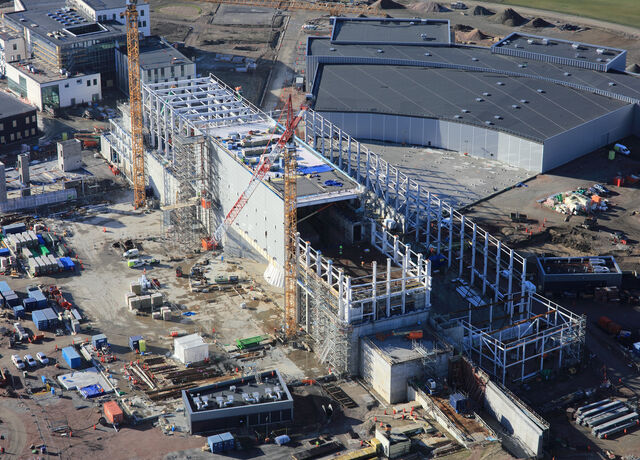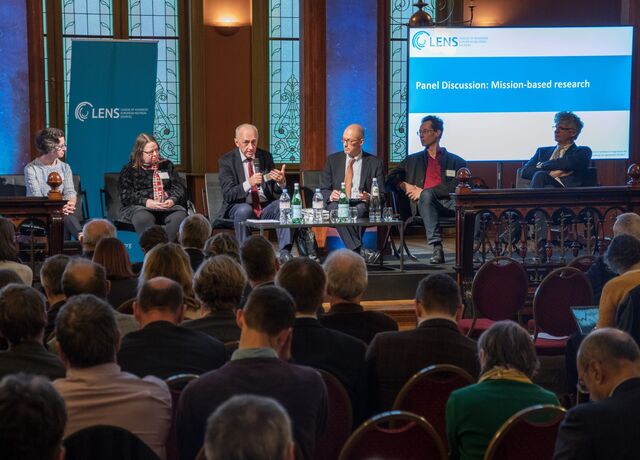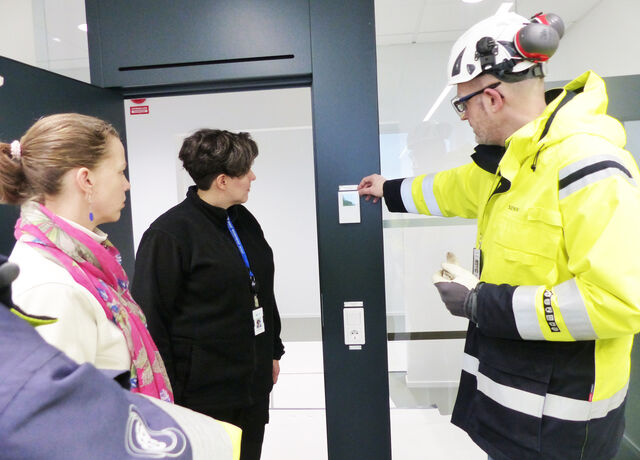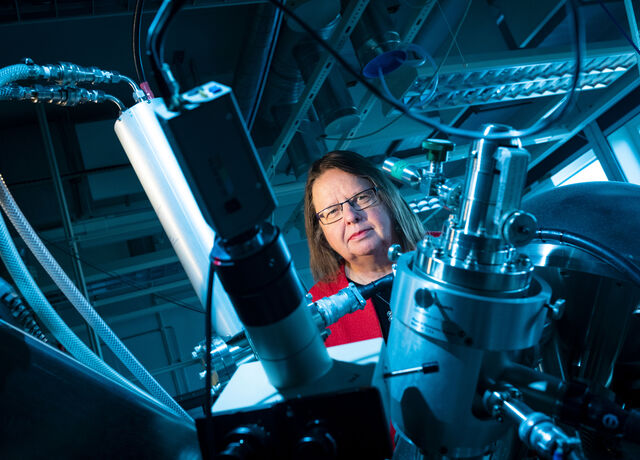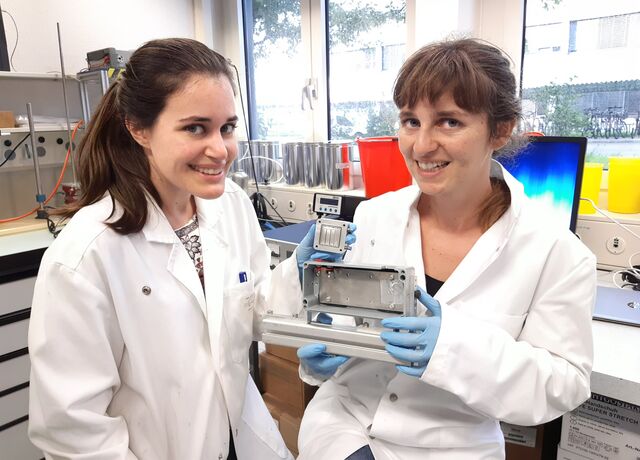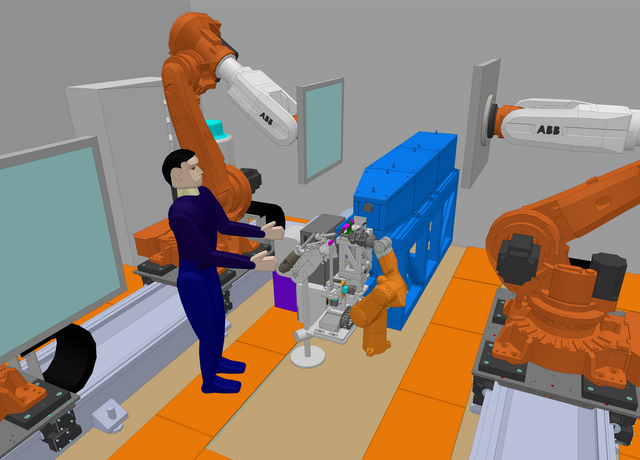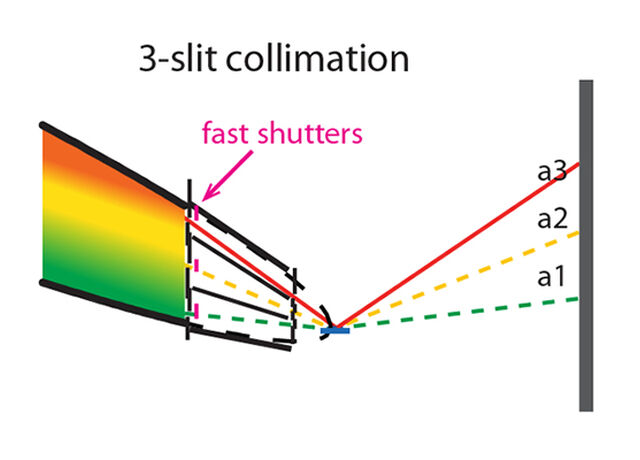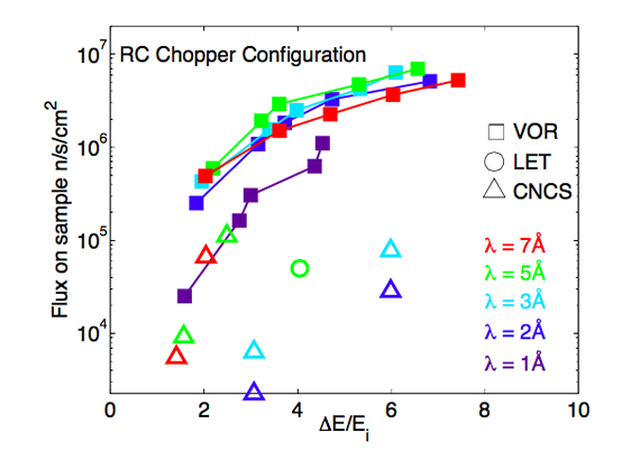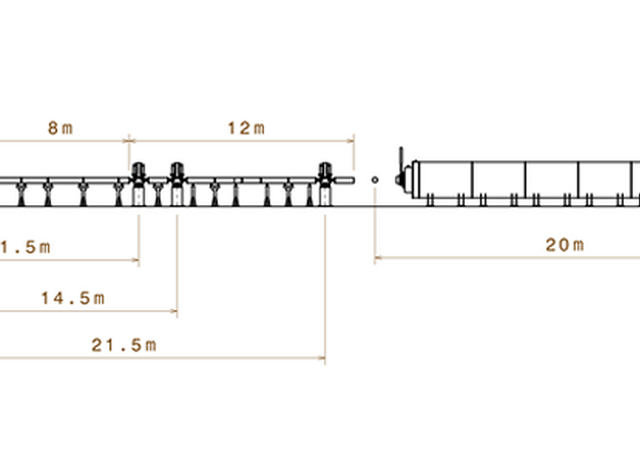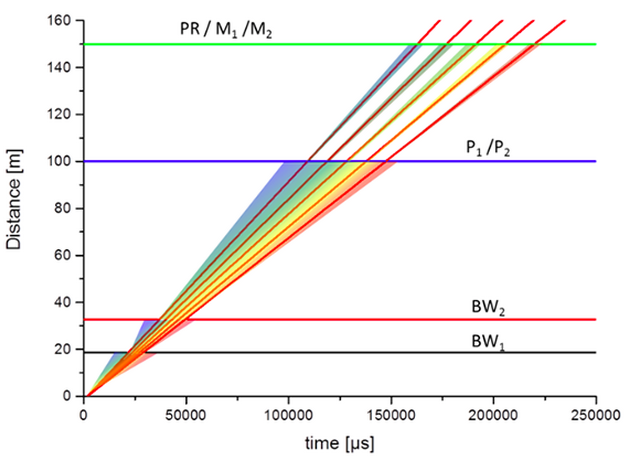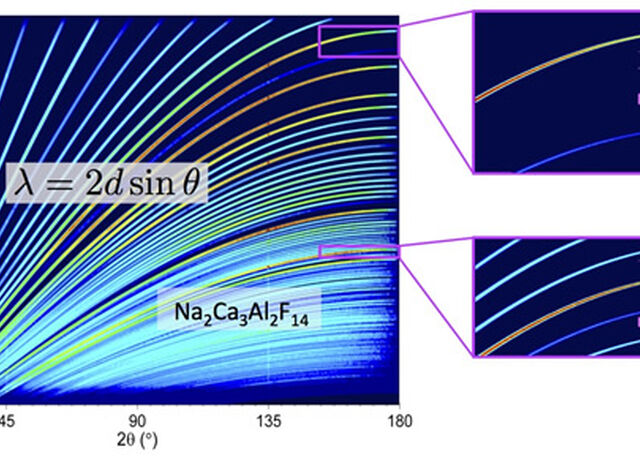DREAM
Bispectral Powder Diffractometer
DREAM is a versatile neutron powder diffractometer that will enable new physics and chemistry research, serving areas such as nanoscience, energy and battery materials, and complex magnetic structures. The instrument utilises favourably the long pulse and unprecedented peak brightness of the ESS by pulse shaping choppers and by viewing both thermal and cold moderators, which results in a particularly flexible choice between high resolution and high intensity.
Instrument Class
Beam Port
Lead Scientist
Lead Engineer
Powder neutron diffraction is a powerful technique with many applications in solid-state physics and materials science. The method is based on the elastic scattering of neutrons from the regularly arranged atomic planes in accordance with the Bragg law.
The Rietveld analysis of the Bragg peaks can reveal the crystal structure, composition, lattice constants, grain size, texture and magnetic state of a sample. Determining the dependence of these properties on external experimental conditions including temperature, electromagnetic fields and pressure is an essence of the powder diffraction experiment. Two types of powder diffraction instruments exist at short pulse spallation sources: long instruments for the high resolution measurements and short instruments for the high intensity measurements. The gap between the high resolution and high intensity instruments at spallation sources originates from the short pulse, which restricts their functionality.
The purpose of DREAM is to close this gap by taking advantage of the long pulse at ESS and providing a great flexibility in terms of resolution and intensity. Such flexibility opens new opportunities in powder neutron diffraction. Among them is a possible new record in high resolution powder diffraction which shall be achieved in the first days of operation. In high intensity mode, fast kinetic measurements should be carried out on a sub-minute timescale. Here, we provide only few examples related to the scientific cases which DREAM should be able to address:
Crystallography: broadly defined as an identification of the crystal structure of powders and single crystals. DREAM is particularly suitable for studies of structures with large unit cells and low symmetry.
Magnetism: studies of complex magnetic structures, weak magnetic moments, multiferroics, magneto-elastic coupling, interplay between magnetic order and superconductivity, quantum criticality, magnetism at high pressure, orbital and charge ordering.
Materials Science: studies of organic-inorganic hybrids, transition metal chalcogenides, thermoelectric materials, additively manufactured specimens, high-entropy and shape-memory alloys.
Hard Condensed Matter: studies of metal oxides, perovskites, superconductors, metal-organic frameworks.
Energy Storage and Research: studies of layered oxide compounds, novel cathode and anode materials, fuel cells, catalysts, hydrogen storage materials, super-capacitors and Li-ion batteries under operating conditions.
Nanoscience: studies of magnetic nanoparticles, dumbbell nanoparticles and Janus nanoparticles. In-situ studies of particle growth and self-assembly will be possible in full scope configuration.
The instrument is located at the beamport S3 and as a bi-spectral instrument will view both the cold and thermal moderator.
All instrument components are located in Experimental Hall 1. The first optical elements are located in the beamport insert. The complete chopper system and a heavy shutter are located inside the bunker. The experimental cave will contain the sample area, detector system, slit system and beam stop.
Sample Environment
Dedicated sample environment for DREAM includes a cryofurnace sample changer that holds up to 22 samples and enables measurements in the range 3 – 800 K.
Andersen, K. H. et al. The instrument suite of the European Spallation Source. Nuclear Instruments & Methods in Physics Research Section a-Accelerators Spectrometers Detectors and Associated Equipment 957, 39, doi:10.1016/j.nima.2020.163402 (2020).
W. Schweika, N. Violini, K. Lieutenant, C. Zendler, D. Nekrassov, A. Houben, P. Jacobs, P. F. Henry, “DREAM – a versatile powder diffractometer at the ESS”, Journal of Physics: Conference Series 746, 012013 (2016)
doi:10.1088/1742-6596/746/1/012013
Lead Scientist
Mikhail Feygenson, FZ Jülich
Lead Engineer
Peter Harbott, FZ Jülich
DREAM team
Werner Schweika, FZ-Jülich / ESS
Andreas Poqué, FZ-Jülich
Florence Porcher, Laboratoire Leon Brillouin (LLB)
Sylvain Desert, Laboratoire Leon Brillouin (LLB)
Burkhard Annighöfer, Laboratoire Leon Brillouin (LLB)



























